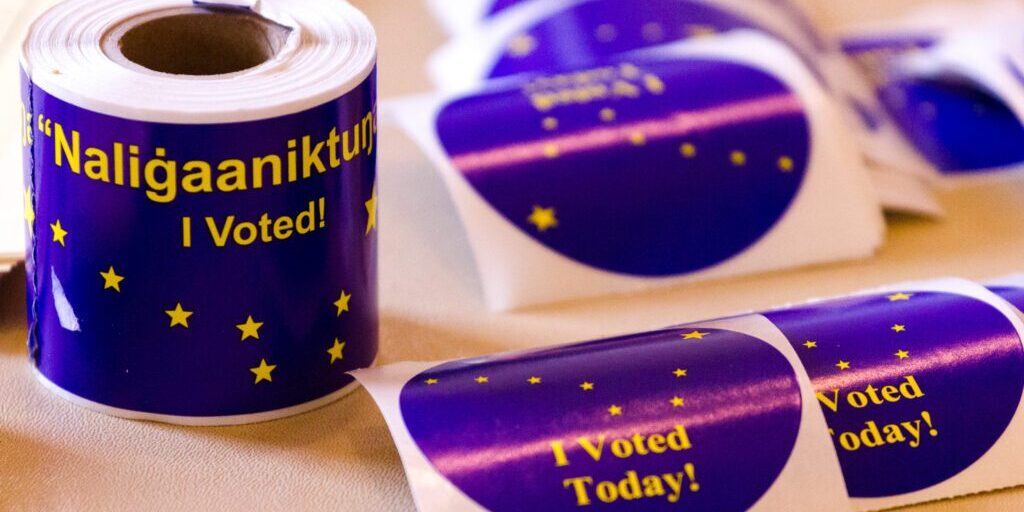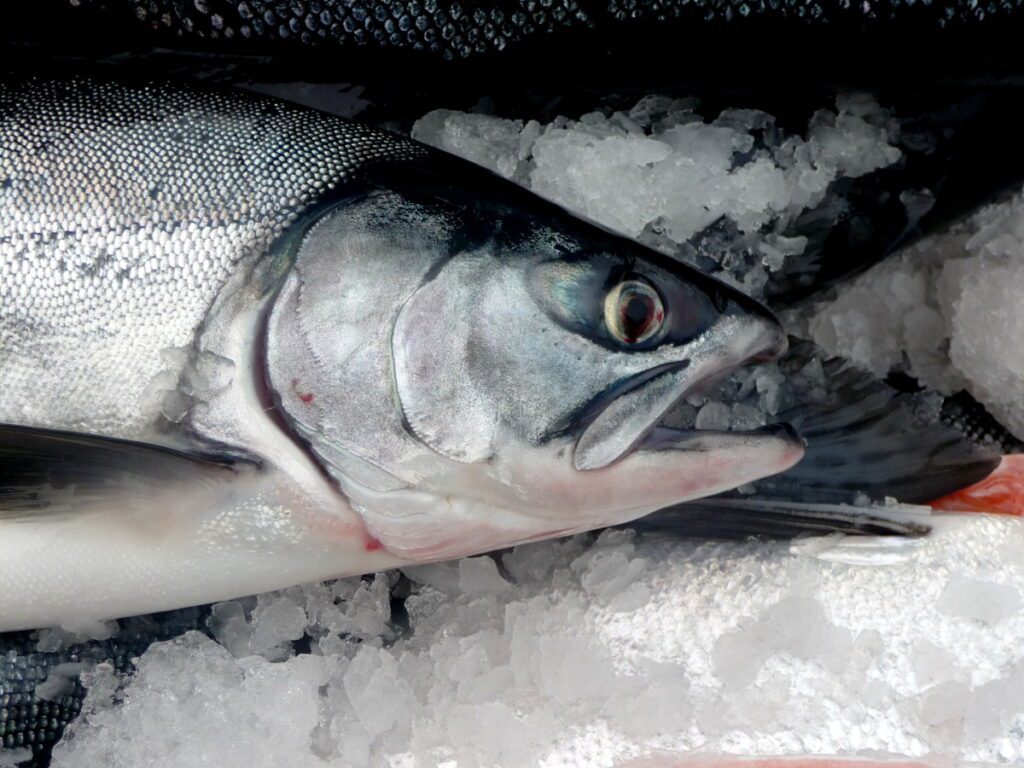results from Alaska’s primary show a narrow but definitive lead for voters looking to keep the state’s new oil tax system, with several high-profile races edging closer to conclusive winners.
As of 3 p.m. Wednesday, with all of the state’s 441 precincts reporting in, the lead for “no” votes on Ballot Measure 1—votes to keep the new oil tax system pushed by Governor Sean Parnell and passed by state lawmakers in 2013—is now a clear winner by more than 6,800 votes.
With 154,136 votes counted, the still-unofficial results show more than 52 percent, or 80,508 voters, voted “no” in order to keep the state’s new oil tax structure; just under 48 percent, or 73,628 voters, voted “yes” to repeal the oil tax.
[visualizer id=”11382″]
The three-way contest for a Republican rival for incumbent Democratic Senator Mark Begich has former Alaska Attorney General Dan Sullivan maintaing his early lead with 40 percent (36,482) of the vote. His opponents, Fairbanks attorney Joe Miller and current Lieutenant Governor Mead Treadwell, have 32 and 24.9 percent of the votes counted so far, respectively.
[visualizer id=”11380″]
Begich didn’t face many serious contenders in the primary, pulling about 83 percent (or 47,968 votes) of the counted votes on the “open ballot” that features Democratic, Libertarian, and Independent candidates. None of Begich’s six challengers gathered more than five percent of vote.
In the race for governor, incumbent Sean Parnell took more than 75 percent (65,267 votes) of his party’s ticket, handily defeating three Republican rivals. Democratic frontrunner Byron Mallott took nearly 67 percent of the vote with 34,854 votes. Libertarian Carolyn Clift, and another Democratic candidate, Phil Stoddard, both took just under 17 percent.
Independent candidate Bill Walker did not appear on any primary ballot, but will be on November’s general election.
In the bid for each party’s nomination for Lieutenant Governor, Anchorage Mayor Dan Sullivan took in just over 70 percent (42,173) of the vote after running with little competition. He’ll be Parnell’s de facto running mate in the November general election.
On the Democratic ticket, political newcomer Bob Williams, a Mat-Su math teacher with experience teaching in Nome, made an impressive political debut with more than 25 percent (13,722) of the vote—but far from enough to defeat the other man vying for the seat, former state Senator Hollis French, who has so far commanded nearly 62 percent (33,094) of the vote. Libertarian candidate Andrew Lee, of Nome, took in just over 12 percent, or 6,697 votes. French will join Mallott on the Democratic ticket in November.
Competing for Alaska’s sole seat in the U.S. House of Representatives, Republican Congressman Don Young took 64,832 votes, or just over 74 percent of cast ballots, as he seeks his 22nd term in the U.S. House. Political newcomer Forrest Dunbar, seeking Young’s seat, nabbed 31,753 votes, or nearly 63 percent, to win his party’s nomination.
Regionally, Senator Donny Olson (running for re-election for Senate District T) collected 100 percent of the 3,698 votes cast in a district that spans from the Bering Strait to Barrow. Representative Neal Foster (seeking re-election for House District 39) collected 100 percent of the 1,934 votes in his Seward Peninsula and Lower Yukon state house district.
It was a Democratic run-off in House District 40, covering much of the Arctic North Slope and Northwest Arctic Boroughs. With all 23 districts reporting in, Barrow’s Ben Nageak secured 998 votes—just over 52 percent—putting him ahead of Kotzebue’s Dean Westlake, who has just 900 votes, or 47 percent.
And along the Yukon-Kuskokwim Delta, Bethel Representative Bob Herron and Senator Lyman Hoffman both had primary victories that saw no challengers.
The Division of Elections reports 9,524 voters had voted early by Monday, a 2,000-vote increase over the roughly 5,100 early votes cast in the state’s 2010 primary.







